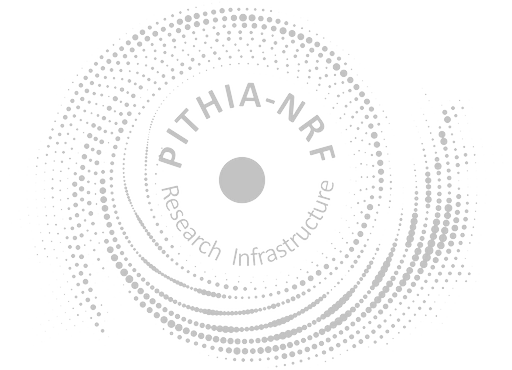<?xml version="1.0" encoding="UTF-8"?>
<ComputationCapabilities xmlns="https://metadata.pithia.eu/schemas/2.2" xmlns:xsi="http://www.w3.org/2001/XMLSchema-instance" xmlns:mrl="http://standards.iso.org/iso/19115/-3/mrl/1.0" xmlns:gco="http://standards.iso.org/iso/19115/-3/gco/1.0" xmlns:xlink="http://www.w3.org/1999/xlink" xsi:schemaLocation="https://metadata.pithia.eu/schemas/2.2 https://metadata.pithia.eu/schemas/2.2/pithia.xsd">
<!--
For those software tools that may be used by any data provider, use as namespace: pithia
-->
<identifier>
<PITHIA_Identifier>
<localID>ComputationCapabilities_hmF2_qModel</localID>
<namespace>oe</namespace>
<version>1</version>
<creationDate>2022-03-14T12:00:00Z</creationDate>
<lastModificationDate>2022-03-14T12:00:00Z</lastModificationDate>
</PITHIA_Identifier>
</identifier>
<name>hmF2_qModel</name>
<description>
The F-peak model calculate and predict the ionospheric electron density peak height of the F2 region, hmF2, in quiet conditions.
The model has been generated using monthly average electron density profiles from digisonde stations distributed worldwide for a large time interval.
The ionospheric electron density peak height of the F2 region, hmF2, have been analyzed to obtain the quiet-time behavior and have been analytically
modeled by the spherical harmonic analysis (SH) technique. The coefficients of the SH model of hmF2 are bounded to the solar activity and the temporal and seasonal variations.
The model provides a calculation of the hmF2 in quiet conditions anywhere in the range of latitudes between of 70N and 70S and at any time,
and the model is able to predict the hmF2 using the predicted smoothed sunspot number and the newest IGRF coefficients.
</description>
<!--
A list of the "capabilities" of the procedure: a description (dimensionality, units) for each observed property that this process can evaluate.
The dimensionalityInstance describes the data domain of the single instance of the measured observed property (1D.point, 1D.Profile, 2D.Map, 2D.image..).
The dimensionalityTimeline describes the timeline of the measured observed property (e.g. Timeseries, Animation,...).
-->
<capabilities>
<processCapability>
<name>hmF2_qModel</name>
<observedProperty xlink:href="https://metadata.pithia.eu/ontology/2.2/observedProperty/PeakHeight_F2-Layer"/>
<dimensionalityInstance xlink:href="https://metadata.pithia.eu/ontology/2.2/dimensionalityInstance/2DMap"/>
<dimensionalityTimeline xlink:href="https://metadata.pithia.eu/ontology/2.2/dimensionalityTimeline/1DTimeseries"/>
<units xlink:href="https://metadata.pithia.eu/ontology/2.2/unit/km"/>
</processCapability>
</capabilities>
<dataLevel xlink:href="https://metadata.pithia.eu/ontology/2.2/dataLevel/L4"/>
<type xlink:href="https://metadata.pithia.eu/ontology/2.2/computationType/EmpiricalModel"/>
<version/>
<softwareReference/>
<processingInput/>
<!-- Use ESPAS-inspired design of processingInput and InputOutput types to specify all required input parameters for this computation -->
<processingInput>
<InputOutput>
<!-- Provide only name and description, no values: this field describes the process, not the observation result.
If this processingInput is a parameter that has specific value for the whole collection, use om:parameter field of the DataCollection
document to define such NamedValue, point its NamedValue.name to this name below, and use NamedValue.value to set the value -->
<name>Smoothed sunspot number</name>
<description>
<mrl:LE_Source>
<mrl:description><gco:CharacterString>
Smoothed sunspot number
</gco:CharacterString></mrl:description>
</mrl:LE_Source>
</description>
</InputOutput>
</processingInput>
<processingInput>
<InputOutput>
<!-- Provide only name and description, no values: this field describes the process, not the observation result.
If this processingInput is a parameter that has specific value for the whole collection, use om:parameter field of the DataCollection
document to define such NamedValue, point its NamedValue.name to this name below, and use NamedValue.value to set the value -->
<name>IGRF coeficients</name>
<description>
<mrl:LE_Source>
<mrl:description><gco:CharacterString>
IGRF coeficients
</gco:CharacterString></mrl:description>
</mrl:LE_Source>
</description>
</InputOutput>
</processingInput>
<algorithm/>
</ComputationCapabilities>

